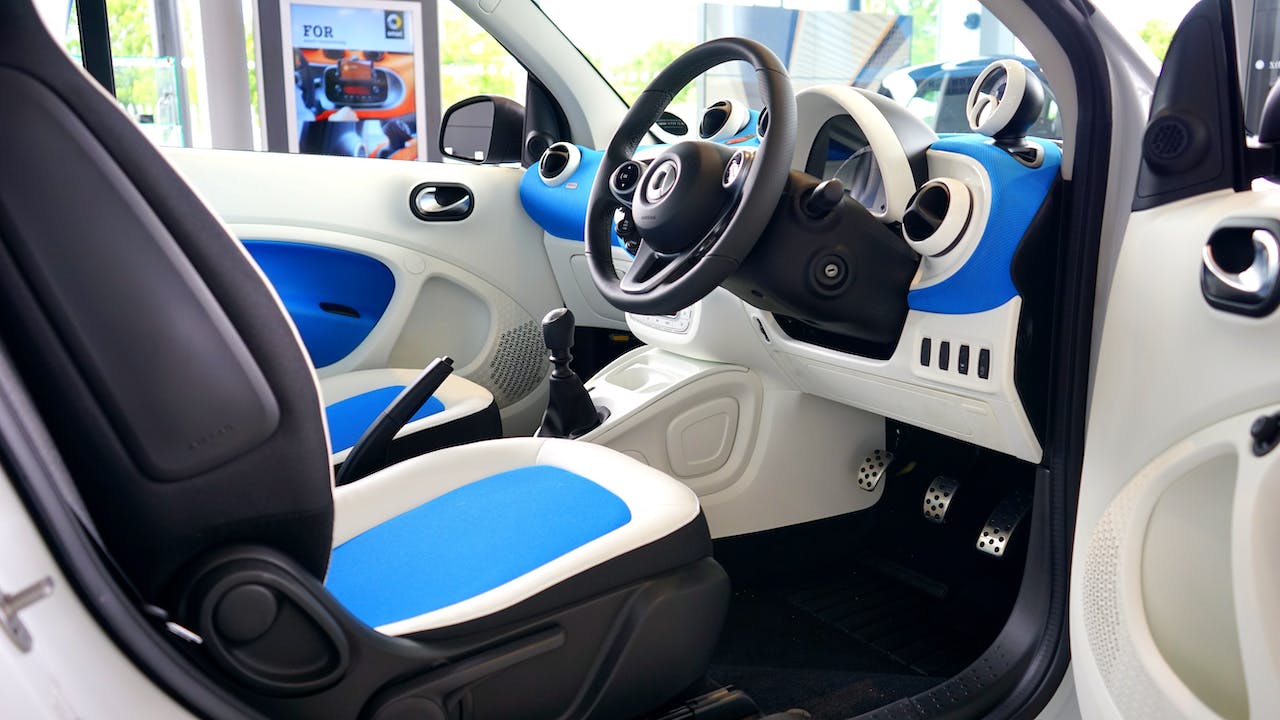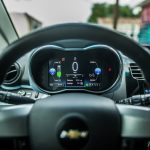In the ever-evolving landscape of automotive manufacturing, one technology has emerged as a game-changer — 3D printing. This revolutionary process has transcended traditional manufacturing methods, reshaping how cars are produced. In this comprehensive article, we will explore how 3D printing is utilized in car production, the benefits it brings to automotive parts, and delve into real-world examples of 3D-printed components in modern cars.
Understanding 3D Printing in Automotive Manufacturing
Overview of 3D Printing
3D printing, also known as additive manufacturing, involves creating three-dimensional objects layer by layer from a digital model. In the context of automotive manufacturing, this means building car components by adding material layer upon layer, as opposed to traditional subtractive methods like machining.
Materials Used in 3D Printing for Cars
A variety of materials can be used in 3D printing for automotive applications. These include polymers, metals, ceramics, and composite materials. The choice of material depends on the specific requirements of the part, such as strength, durability, and heat resistance.
How 3D Printing is Used in Car Production
Prototyping and Design Validation
One of the primary uses of 3D printing in automotive manufacturing is rapid prototyping. Engineers can quickly create physical prototypes of various car components, allowing for iterative design changes and thorough validation before mass production. This significantly reduces the time and cost involved in the development process.
Customization and Personalization
3D printing enables the customization and personalization of car parts. From interior components to exterior aesthetics, manufacturers can offer customers a level of personalization that was once impractical with traditional manufacturing methods. This not only enhances the customer experience but also opens new possibilities for design innovation.
Complex Geometries and Lightweight Structures
Traditional manufacturing methods often have limitations when it comes to creating complex geometries and lightweight structures. 3D printing excels in this aspect, allowing for the production of intricate designs and lightweight components that contribute to overall vehicle efficiency and performance.
Benefits of 3D Printing for Automotive Parts
Reduced Waste and Resource Optimization
Unlike traditional manufacturing methods that often involve subtracting material from a larger block, 3D printing is an additive process. This means that material is deposited only where needed, reducing waste and optimizing the use of resources. This is particularly significant in the context of sustainability and eco-friendly manufacturing practices.
Faster Time-to-Market
The rapid prototyping capabilities of 3D printing significantly accelerate the product development cycle. Car manufacturers can bring new models to market faster, respond quickly to design changes and stay ahead in the competitive automotive industry.
Cost Efficiency
While the initial investment in 3D printing technology can be substantial, the overall cost efficiency becomes evident over time. The ability to produce complex parts without the need for specialized tooling, coupled with reduced waste, leads to long-term cost savings in automotive manufacturing.
Examples of 3D-Printed Components in Modern Cars
Interior Components
Many modern cars feature 3D-printed interior components, ranging from dashboard elements to intricate console designs. The customization possibilities offered by 3D printing contribute to the unique interior aesthetics of these vehicles.
Exterior Body Parts
Some high-performance and concept cars utilize 3D-printed exterior body parts. These components not only showcase the versatility of 3D printing but also demonstrate its potential for creating lightweight and aerodynamic designs.
Engine Components
Critical engine components, such as complex brackets and housing, are now being 3D printed. This not only allows for design optimization but also ensures the production of parts with high precision and durability.
Challenges and Future Outlook
Challenges in 3D Printing for Cars
While 3D printing holds immense promise, challenges such as material limitations, build size constraints, and post-processing requirements need to be addressed. Additionally, ensuring the quality and safety of 3D-printed automotive components is an ongoing concern.
The Future of 3D Printing in Automotive Manufacturing
The article explores the future outlook of 3D printing in the automotive industry. From advancements in materials to the integration of artificial intelligence in the design process, the possibilities for innovation are vast. The article also discusses the potential impact on traditional supply chains and manufacturing paradigms.
Conclusion
In conclusion, 3D printing has undeniably transformed the landscape of automotive manufacturing. From rapid prototyping to creating fully functional components, this technology offers a new dimension of possibilities for car designers and manufacturers. As the automotive industry continues to embrace 3D printing, we can expect further advancements, shaping the future of how cars are built.
FAQs:
Can 3D-printed car parts match the durability of traditionally manufactured parts?
The durability of 3D-printed car parts depends on the material used and the specific requirements of the component. Advances in materials science are continually improving the durability of 3D-printed parts.
Are 3D-printed cars a possibility in the future?
While 3D-printed cars are currently a niche concept, advancements in technology may pave the way for more widespread adoption in the future. However, regulatory and safety considerations will play a crucial role in determining the feasibility of 3D-printed cars.
How does 3D printing contribute to sustainability in the automotive industry?
3D printing reduces waste by using material only where needed, contributing to a more sustainable manufacturing process. The ability to create lightweight components also enhances overall vehicle fuel efficiency.
What is the role of 3D printing in the development of electric vehicles?
3D printing plays a significant role in the development of electric vehicles by enabling the production of lightweight and complex components crucial for the efficiency and performance of electric drivetrains.
Are there any limitations to the size of components that can be 3D printed for cars?
The size of components that can be 3D printed depends on the build size of the 3D printer. While there are limitations, advancements in technology are gradually expanding the range of printable sizes for automotive parts.
Last Updated on November 26, 2023 by admin

Mac is an Automotive enthusiast. He owns up to 15 vehicles. He deals with Auto problems and shows his skill to Car owners who are seeking any type of Car help.





